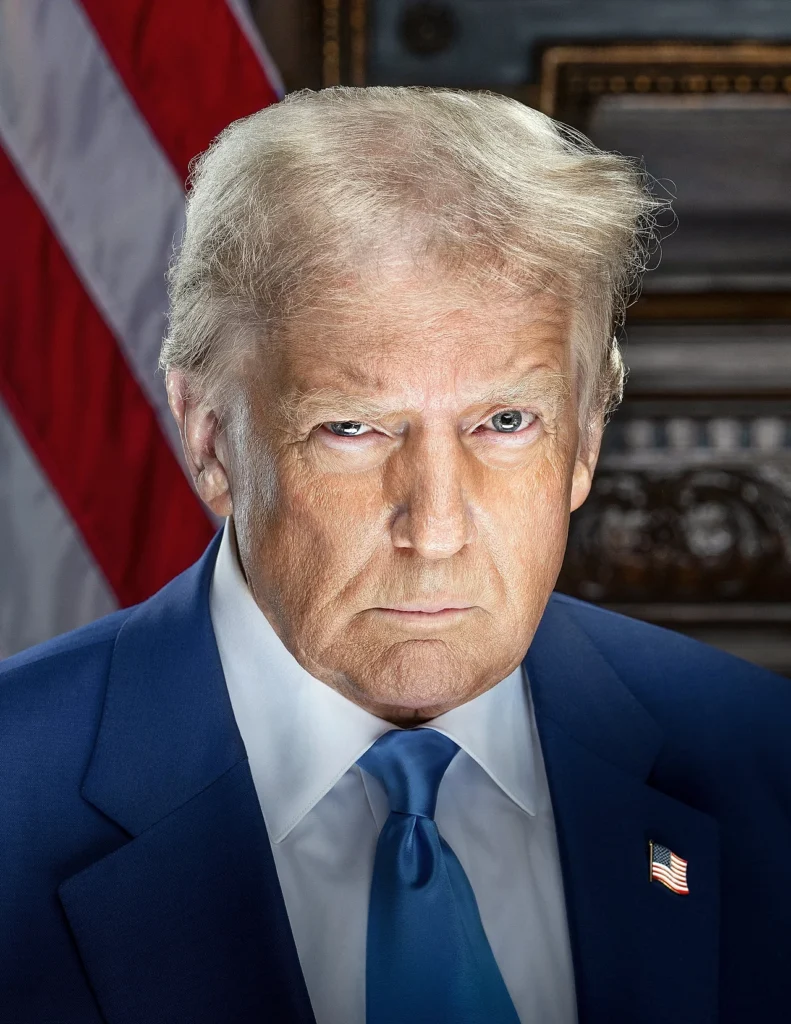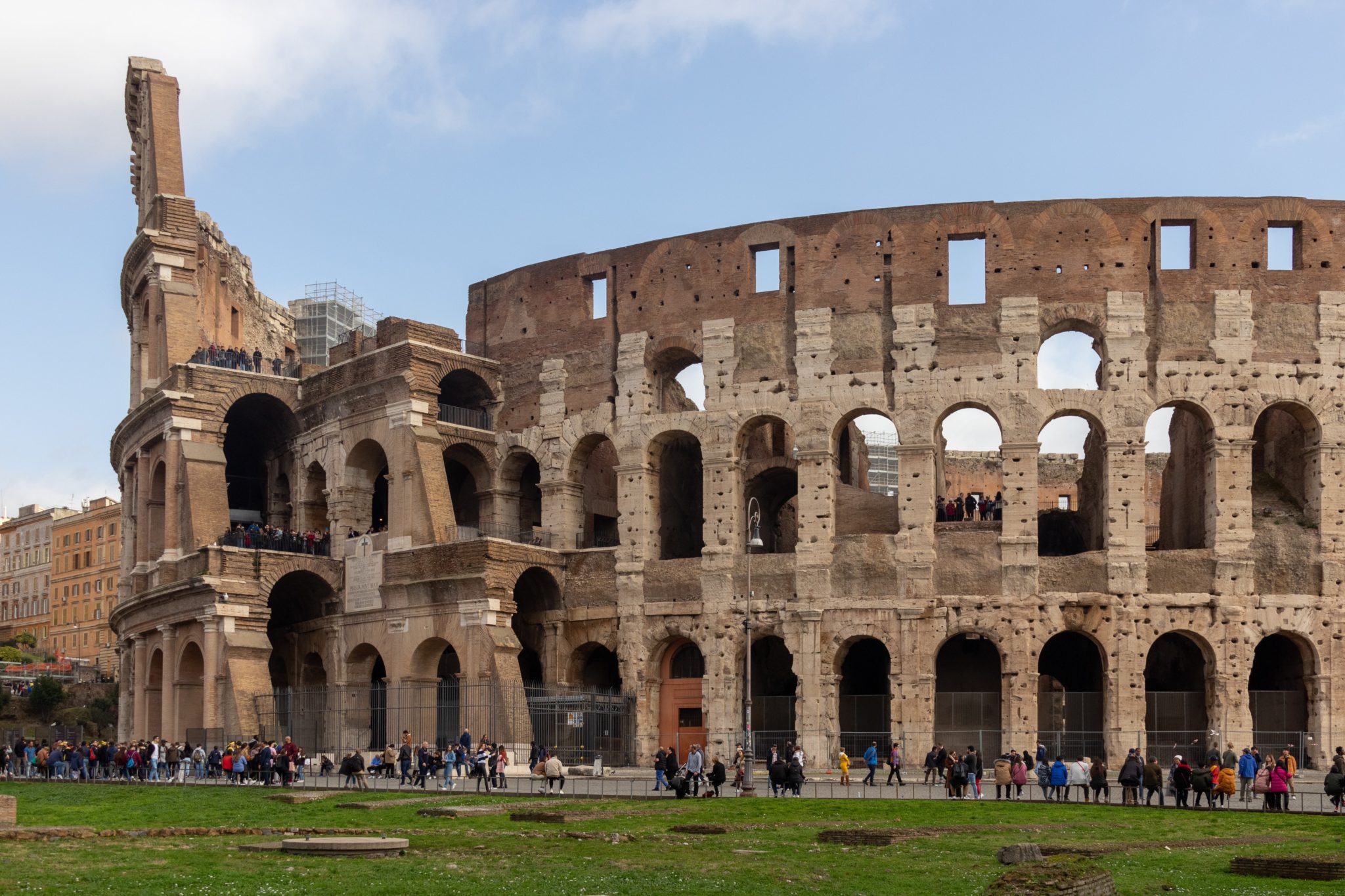Most Recent News


Popular News



A quick article on a cultural bell curve idea. My theory for how cultures change during the lifecycle of a nation.

For the statistically inclined, culture can be conceptualized using a bell curve. Cultures (traditions, thoughts, beliefs, architecture, etc) vary across national people, but each nation would have their own unique “cultural bell curve“. It would not be standardized across everyone like an IQ curve, for instance. We could look at it rather like a cultural homogeneity indicator, or degeneracy indicator.
Assume that our nation has a culture that is distributed across a curve. Our most virtuous, courageous, and intelligent citizens sit on the far-right end. Our more degenerative individuals sit on the far-left end. The cultural variability is shown across the curve. The variance is dependent on if it is a wide but flat curve or a tall and steep curve. The variance would then also tell us how many degenerative elements we have versus the moral/ideal elements.
Most prominent nations would exhibit a very tight standard normal distribution during their rise. This is due to the natural tendencies of cohesion, monoculture, and expansionary pressures. Both the worst and the brightest would get smashed into submission, to be more uniform with the rigid society necessary of the birth of a superpower.
This curve would not remain static once the nation begins stabilizing or degenerating, however. It could move in any way. Whether by becoming bimodal, skewed left or right, or situated normally but with a wider distribution.
Any culture has resistance and a wide swath of variability from it. If we “enforce” a singular culture, the “rebels” (degenerates) will certainly push the bounds of it. But these bounds are contained within how tight the curve is. If we have a tight curve, the bounds that the cultural rebels will push will be much closer to the median than if it were wider. They will push one standard deviation, on average.
This means that from a national sustainability viewpoint, it not so much about controlling every aspect of the culture but rather about controlling the structure of the curve. If we want to reach specific cultural benchmarks within one standard deviation (the mainstream), we merely have to structure our culture within these bounds so that when the rebel elements push against it, they are actually still working within our desired confines. Only a very small minority would reside outside of them and even those would be closer than had they would be if it was a wide and flat curve.
Consider if our culture was a standard normal distribution: our culture would cover the “mainstream” of the 68% of the area (within one standard deviation). Some rebels would push this boundary out to the second standard deviation on both ends. They would incorporate 95% of all cultural agents in the nation. The more extreme outliers would then be a minority. With nearly all (99.7%) being covered within three standard deviations.
If we had a tall and steep curve, our cultural variability percentages (the standard deviations) would not change but would be much, much closer to one another. The nation would be far more harmonious and unified. Far less degenerate, even with the rebels pushing the boundaries. This would likely require cultural cohesion and a mono-culture to accomplish, however.
If we had a wide and flat curve, our cultural variability percentages would not change but would be much more disparate and disunified. The cultures of those on either end could be nearly polar opposite of one another. In many ways, given enough time, it’s likely that this setup would change the normal distribution to a bimodal distribution with two distinct cultures fighting for control. Or, if degeneracy wins outright, then a skewed graph would result.
Using my cultural bell curve theory when analyzing culture and degradation is helpful for two reasons.
First, it helps conceptualize where a nation is with regards to their original culture. For instance, we can use it to track how far it has degenerated from the original tight, steep curve.
Second, it is useful to take into consideration when considering a cultural baseline for a nation. Specifically, to hedge against the culturally resistant class. The theory demonstrates that if we have a desired cultural level, we should likely restrict the mainstream to an even more stringent requirement than that specific cultural level. This is to encapsulate the rebel class that will push that boundary out to the second standard deviation. In doing so, the rebel class actually ends up residing where we originally wanted them too. Without any effort of our own. The cultural extremists that are far outside of the normal distribution would then be minuscule in comparison.
This is why we place such a large focus on culture. By doing so, we keep the curve tightly packed. Everything else in the nation such as the politics, narrative, discourse, and economy will fall in line. We would not want it to flatten which would make the cultural variability wider. If we can keep that baseline with the majority, then the remainder would distribute accordingly.
It’s just a theory, but it is an interesting one I have been considering as of late.
Read Next:
Cicero On Anacyclosis And The Cycle Of Collapse
Eric Hoffer: On The Nature Of Mass Movements
If you enjoyed this article, bookmark the website and check back often for new content. New articles most weekdays.
You can also keep up with my writing by joining my monthly newsletter.
Help fight the censorship – Share this article!

(Learn More About The Dominion Newsletter Here)